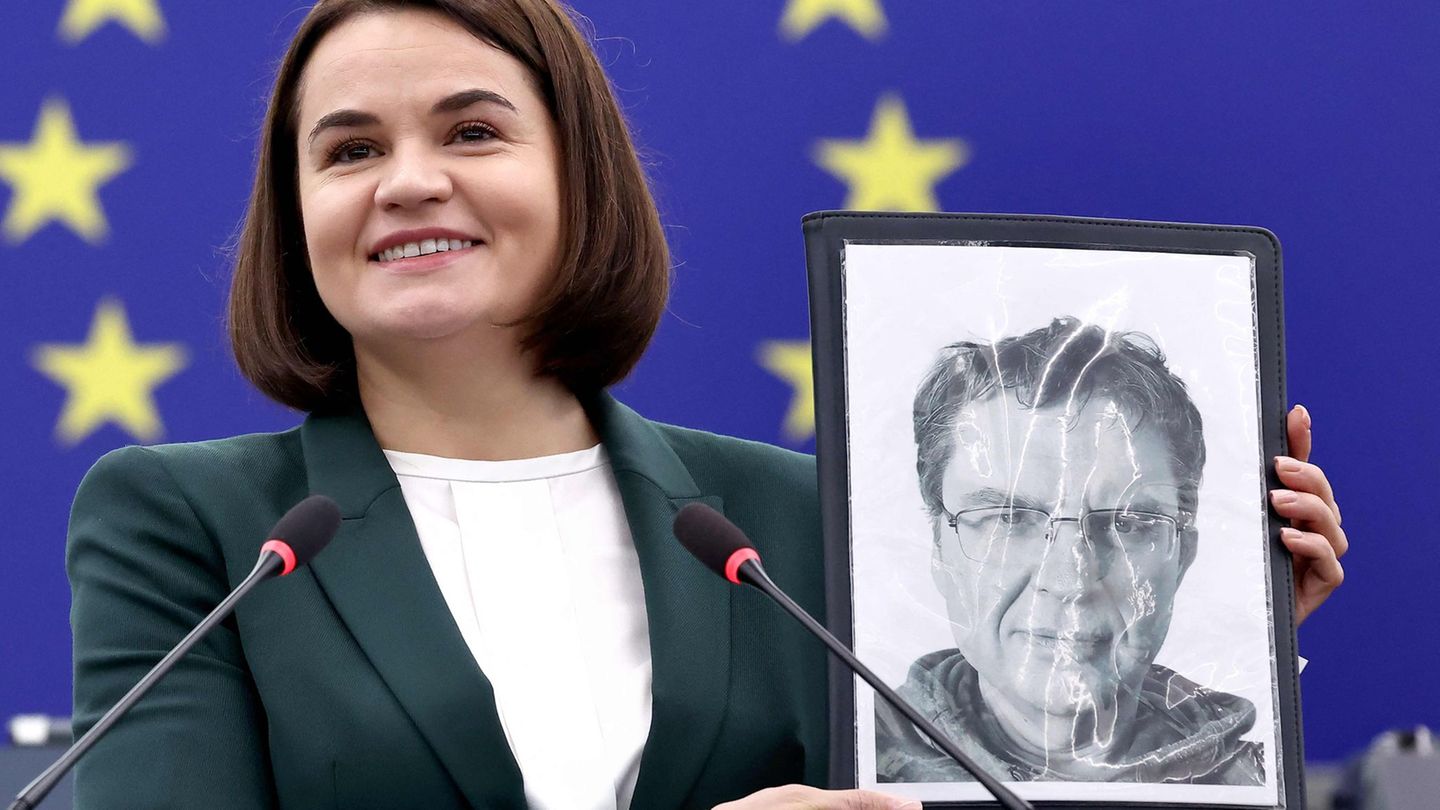The recovery process began in November, when the indicator was at 89.1 points, and since then, it has risen 7.1 points. Among the causes are a marked acceleration of the crawling peg carried out by the Central Bank. Thus, in September, for the first time since January 2021, the monthly rise in the dollar matched inflation. The same dynamic was repeated in October, November and December.
At the international level, another of the key factors that determined the dynamics of TCRM was the fall of the dollar globally from November, when signs began to appear that inflation in the United States was slowing down, which generated expectations that the Fed moderates contractionary monetary policy. This had a positive impact on the currencies of Argentina’s main trading partners. Thus, the dollar index since the end of October fell 8.3%, going from 110.9 to 101.6 points. In said period, the yuan appreciated 8.2%; the euro, 10%; and the Brazilian real, 6.1%.
Economist Federico Glustein highlighted that “in recent weeks the dollar has depreciated in relation to regional currencies, especially the real (it appreciated 3.3% in January), therefore, the TCRM appreciated.”
perspectives
Regarding the possibility of the index recovering the levels agreed with the IMF, analysts point out that the course of the Fed’s monetary policy in 2023 and the rate of depreciation of the official exchange rate carried out by the BCRA will be key. Despite the fact that the Fed moderated its contractionary path in the last two rate hikes, different indicators warn that international inflation will continue at high levels and the main central banks will continue with the cycle of monetary tightening. On the other hand, at the local level, January is on track to be the first month since September in which the rate of crawling peg lag behind monthly inflation, which would deepen the lag.
Andres Reschini, analyst at F2 Financial Solutions, considered: “It will be a long and very eventful year. As for Argentina’s part, I think we can see a certain lag versus the price level, something that he would tend to appreciate. Internationally, if we continue to see stronger currencies, it may help us offset the TCRM, but what we do domestically will play a more important role because it is a complex year between the fragile economy and current politics. election campaign. The depreciation rate in January was 5.5%. If we look at the REM for December, the median change in the CPI for January was 5.6%, while, closing January, private measurements were closer to 6%, so it is very likely that the crawling peg will return to fall behind. We will see if it is confirmed with the official data from INDEC”.
Source: Ambito




